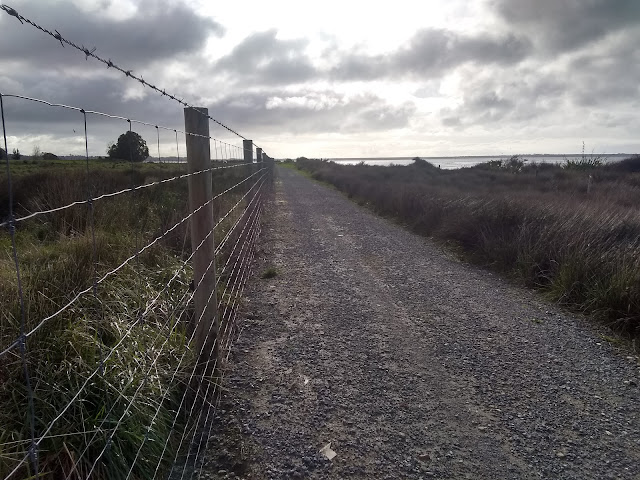Training for a Long Distance Walking holiday
4. Begin with the distance you normally walk. If you can walk 2km, then walk 2km, if you normally walk 5km, do that. If you can, try and walk your normal distance for 3 consecutive days - if you can't, walk a day (or 2), take a day's rest, then walk again, until you can walk that distance for 3 consecutive days. Aching at the end of the walk is normal, however if you find that you are aching when you wake in the morning, then that might be a sign you need to take that day off from walking.
5. When you have walked your distance for 3 days in a row, increase that distance (if you are currently walking distances under 10km, you can try doubling it, if you are walking distances over 10km try adding an extra 5km). Don't expect to do that increased distance on consecutive days yet. You might be only able to do it for a day then need a day off.
6. Once you are comfortable walking a longer distance, then attempt to build up to doing it for 3 consecutive days. When you are comfortable doing it 3 days in a row, increase the distance again.
7. When you can do 15km each day for 3 days in a row, you are at a point where you could go on a walking holiday, however that holiday would need to be low distances to begin with. Also, if your training contains essentially no elevation, then you would only be prepared for a low-elevation walking holiday. To prepare yourself for a more demanding holiday, I would suggest slowly exposing yourself to trails with increasing elevations, and to eventually increase your distance to 25km a day for 3 consecutive days.
Some final notes:
I often make the first 4 days of my walking holiday a single-centre holiday - that is one where you stay at the same place each night, and go for day walks in different directions and along different trails. That way you can build your distance and stamina even more prior to getting into any more demanding long distance trails. One of my favourite places for doing this is the Shropshire hills - I have 4 or 5 circular walks there that I like to do, all leaving from, or near, Church Stretton.
When on the holiday, be sure to keep some anti-inflammatorys on you. You may not need them, but if you end up with tendonitis, or swollen ankles, you will be glad you brought some along. Realise some anti-inflammatorys come in a gel form, if you are unable to take them orally.
What prompted me to post about training is that right now I am doing quite a bit of walking. It came about because of a few things. I was working up until the end of last month, but some of those last weeks at work were very slow, so I began thinking about another U.K. walking holiday, and I worked through a rough itinerary of what I might walk if it was possible to go and do a holiday there (right now, COVID, extreme heat, and cost are against me, but I'm hoping on a possible 2023 one). I am heading back to Canada for a year, leaving in a month's time, and the last time I did that (in 2018) I was also heading to England for a 3 week walking holiday, and I did some training walking prior to leaving New Zealand. That training occurred at this time of year. So, the combination of the time of year, the fact I'm heading overseas soon, and the itinerary I worked out last month makes it seem like I'm preparing for a walking holiday (even though I'm not), and it just felt right to train for one. So far I'm up to 30km in 5 hours, and I'm wondering if I could work up to 60km in a day (which I might aim for before I leave). Here's a little table of days and distances I've done since I came to my sister's place.
| Day | Date | Km |
Time |
| Sunday | 3/07/2022 | 15 |
|
| Monday | 4/07/2022 | 15 |
|
| Tuesday | 5/07/2022 | ||
| Wednesday | 6/07/2022 | 15 |
|
| Thursday | 7/07/2022 | ||
| Friday | 8/07/2022 | ||
| Saturday | 9/07/2022 | 15 |
|
| Sunday | 10/07/2022 | ||
| Monday | 11/07/2022 | ||
| Tuesday | 12/07/2022 | ||
| Wednesday | 13/07/2022 | 22 |
|
| Thursday | 14/07/2022 | 25 |
|
| Friday | 15/07/2022 | ||
| Saturday | 16/07/2022 | 30 |
5 hrs |
| Sunday | 17/07/2022 | ||
| Monday | 18/07/2022 | 30 |
5 hrs |



Comments
Post a Comment